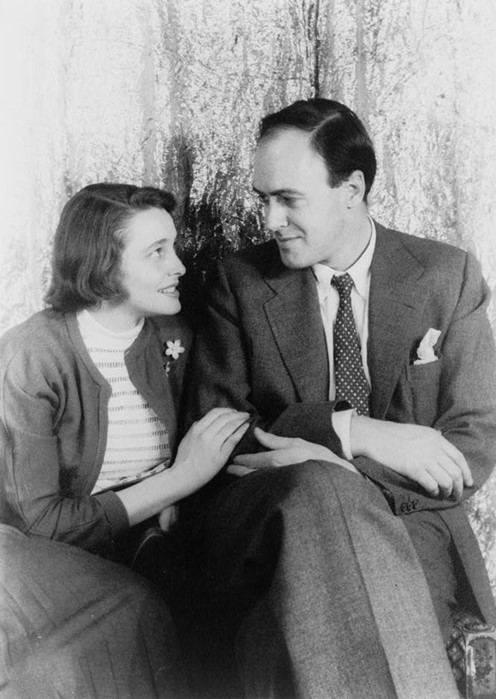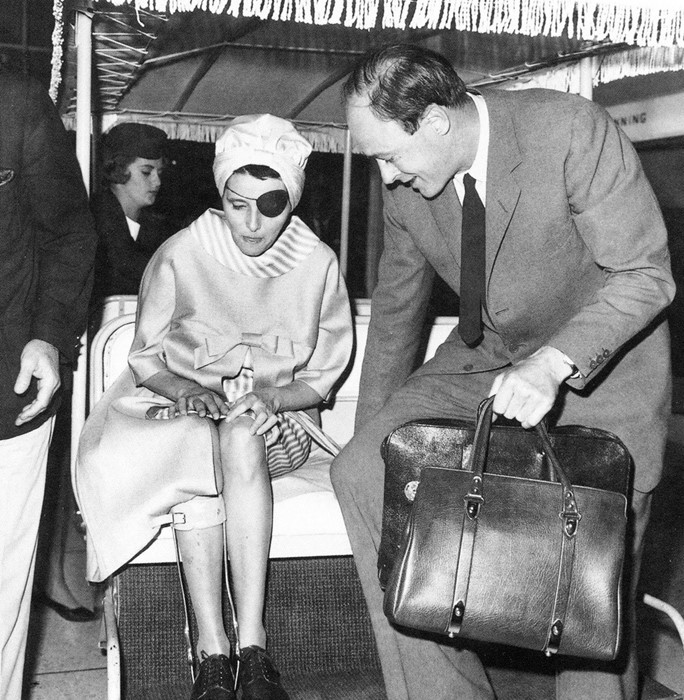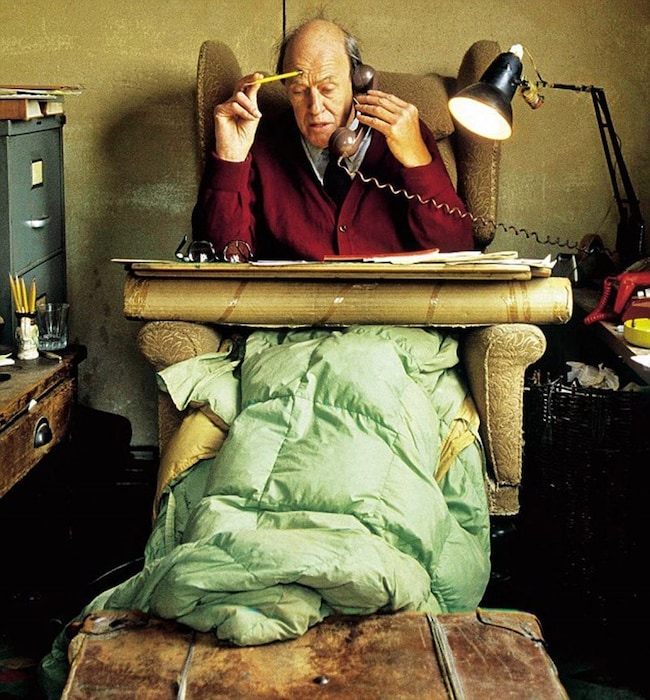Today, in celebration of his landmark centenary, we present some little-known facts about the phizz-whizzing literary legend
This year signals the centenary of beloved author Roald Dahl, whose propensity for fantastical storytelling, especially for children, remains largely unrivalled. Dahl’s books, from The Witches to Matilda to Charlie and the Chocolate Factory et al, have formed the fibre of many a childhood, defined by their wit, wisdom and downright silliness (consider the hundreds of delightful, onomatopoeic words coined by the writer as part of his made-up language gobblefunk) as well as the common theme of good triumphing over evil. His imagination knew no bounds: when you pick up a Dahl book you rest safe in the knowledge that you will be transported to a new, quixotic realm. As his daughter Lucy once said, in a sentiment echoed by many, "His spirit was so large and so big, he taught us to believe in magic." A hundred years after his birth, Dahl’s novels and short stories have sold over 250 million copies worldwide, and his legacy remains as potent as ever – just last week it was announced that giant, misshapen cucumbers, dubbed Snozzcumbers after the foul vegetables in The BFG, will soon be sold in supermarkets in an attempt to encourage children to eat more greens. Here, in celebration of his landmark anniversary, we present ten little-known facts about the phizz-whizzing literary legend.

1. Dahl was born in Cardiff in 1916 to Norwegian parents, and was named after the Norwegian polar explorer Roald Amundsen.
2. Dahl went to boarding school at the age of eight and was deeply unhappy there, although he never revealed this to his mother to whom he wrote countless cheery letters. After her death in 1967, he discovered that she had kept every one of these in a bundle held together with green tape.
3. Dahl remained a remarkable secret keeper during his secondary school years at Repton, where he acquired an illicit motorbike which he would ride wildly through the town, hidden and unrecognisable beneath his waders, helmet, wind-jacket and goggles. He infuriated the masters who never caught him or saw through his disguise. He later said of his escapades, “I never told anyone, not even my best friend. I had learnt even at that tender age that there are no secrets unless you keep them to yourself, and this was the greatest secret I had ever had to keep in my life so far.”
4. At Repton, the pupils would occasionally be sent trial chocolate from nearby factory Cadbury. Subsequently, Dahl spent many hours daydreaming about new types of chocolate bars he could invent for the manufacturers, an early precursor to his beloved children’s novel Charlie and the Chocolate Factory. Dahl’s love of chocolate continued into adulthood – he later kept a red plastic box stuffed with Mars Bars, Kit-Kats and Smarties that he offered to his guests after eating.

5. A near death experience as a fighter pilot during the Second World War had a profound effect on Dahl. He was left temporarily blind, with a smashed nose and fractured skull, after his plane crashed in Egypt, an incident that his friend and biographer Donald Sturrock said inspired a new wave of creativity in the novelist as well as instilling him with a vulnerability that would remain with him for life.
6. Later in the war, Dahl relocated to Washington where, in Sturrock’s words, he led ‘an extraordinary life’ working for the British Security Co-ordination’ (BSC), a secret British intelligence network linked to MI6. During this time the tall and dashing Dahl, who was known to be ‘a skilled flirt’, is said to have seduced various influential American women with a view to persuading them to express public sympathy for the British wartime cause. Another member of the BSC was fellow writer Ian Fleming, whom Dahl befriended, leading to later speculation that the author may have inspired Fleming’s famous fictional spy and seducer, James Bond. Interestingly, Dahl later went on to write screenplays for the film adaptations of Fleming’s novels You Only Live Twice and Chitty Chitty Bang Bang.
7. Dahl’s first children’s book The Gremlins was published in 1943 and was based on the little creatures of Royal Air Force folklore who were said to be to blame for any technical hiccups the aircraft may encounter. He sent a copy to the First Lady Eleanor Roosevelt who is said to have read it to her grandchildren and it was later taken up by Walt Disney who planned to turn it into a film. Sadly this never transpired.

8. In 1953 Dahl married American actress Patricia Neal and a year later the couple moved into the picturesque Gipsy Cottage in Great Missenden, where they went on to have five children. Dahl dreamt up many of his most famous books from a small shed in the cottage’s garden. He worked from early morning until lunchtime each day, sitting in a specially-adapted armchair designed to ease the back pain he had suffered since his crash. He kept the curtains drawn at all times to allow his imagination to roam uninterrupted and on his desk arranged a curious array of memorabilia, including a shard of his own hip bone and a ball of silver chocolate wrappers, which he’d added to ever since he was a young man.
9. In 1961, after his baby son Theo was struck by a taxi and left suffering from hydrocephalus (spinal fluid on the brain), Dahl teamed up with hydraulic engineer Stanley Wade and Great Ormond Street Hospital neurosurgeon Kenneth Till to create what would be dubbed the "Wade-Dahl-Till" (or WDT) valve to help alleviate the condition. It was thereafter used to successfully treat around 3,000 children worldwide.
10. Dahl left Neal for Felicity "Liccy" Crosland, whom he married in 1983. Crosland joined him at Gipsy Cottage where they remained until Dahl’s death in 1990. Dahl’s granddaughter, model and writer Sophie Dahl, described his send off as a “sort of viking funeral”. The author was buried in St Peter and St Paul's Church, Great Missenden with a suitably weird and wonderful set of accoutrements: his snooker cues, a good bottle of burgundy, HB pencils, a power saw and of course some chocolate.
